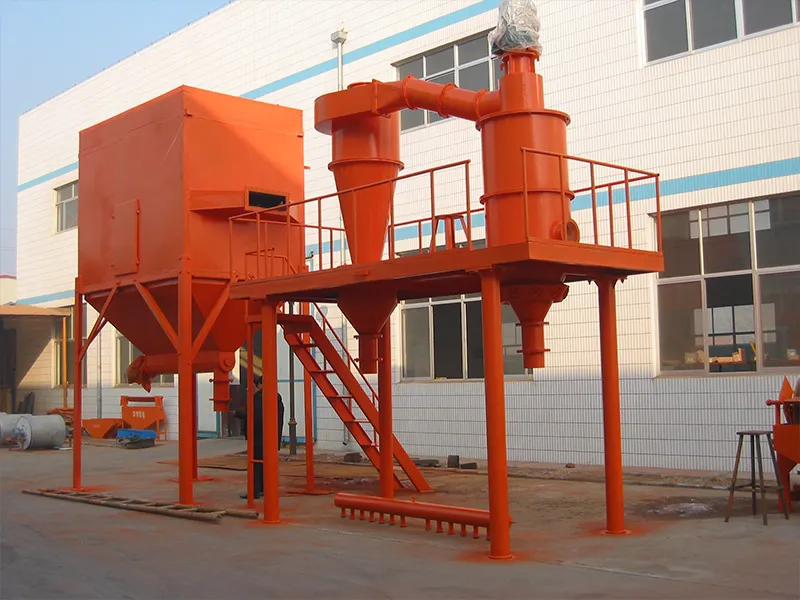The zircon sand is crucial to the global mineral processing industry. Its uses across ceramics, foundries, refractories, and nuclear fields. The global zircon sand market, valued at about USD 2.43 billion in 2024, is expected to reach USD 4.44 billion by 2033, growing at a CAGR of 6.91%. This growth is driven by the ceramics industry, expanding foundry uses, and nuclear energy demands. The Asia-Pacific region leads the market with a 38.6% share, with China and India at the forefront of industrial expansion.
Zircon sand, or zirconium silicate (ZrSiO₄), is a naturally occurring mineral from beach and river sand deposits. Its exceptional characteristics make it valuable across industries, including high melting points (2,100-2,300°C), low thermal expansion, excellent chemical stability, and high refractoriness. These qualities make it essential for high-temperature applications and precision manufacturing.
The unique properties of zircon sand stem from its crystalline structure and chemical makeup. Premium zircon sand typically contains 65-66% ZrO₂+HfO₂ and 30-35% silica, with minimal impurities like TiO₂ (<0.6%) and Fe₂O₃ (<0.15%). These attributes are crucial in applications such as ceramics, where opacity and thermal stability are key.
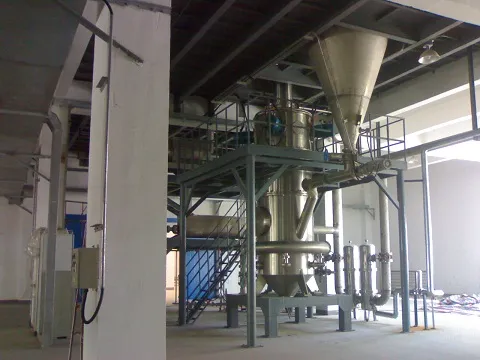
Physical and Chemical Properties
Zircon sand has distinct physical properties that affect processing requirements and equipment choice. Its high density of 4.6-5.8 g/cm³, greater than silica sand, aids in gravity separation during beneficiation. With a Mohs hardness of 7.5, zircon sand is hard and abrasive. It equires special grinding media and mill linings to reduce wear and contamination.
Natural zircon sand’s particle size distribution varies by deposit origin and processing history. Raw zircon sand typically falls within the 60 to 200 mesh range. Liberation analysis shows better mineral separation with finer particles. Industrial applications often demand specific particle sizes, with foundries preferring coarser grades (45-100 microns) and ceramics requiring ultrafine powders (1-5 microns).
Main Industrial Uses of Zircon Sand
Zircon sand is also resistant to acid corrosion. Approximately 80% of the world’s zircon sand is directly used in the foundry industry, ceramics, the glass industry, and the manufacture of refractory materials. A small amount is used in ferroalloys, medicine, paint, leather, abrasives, chemicals, and the nuclear industry. A very small amount is used to smelt metal zirconium.
Zircon sand containing 65-66% ZrO₂ is directly used as a casting material for iron metal in foundries due to its refractory properties (melting point above 2,500°C). It has lower thermal expansion, higher thermal conductivity, and stronger chemical stability than other ordinary refractory materials. Therefore, high-quality zircon has good bonding properties with various adhesives and is used in the foundry industry. It is also used as bricks for glass kilns. Zircon sand and zircon powder, when mixed with other refractory materials, have additional uses.
Zircon sand is used in the production of refractory materials, foundry industry casting sand (precision casting sand), precision enamelware, and in the production of glass, metal (sponge zirconium), and zirconium compounds (zirconium dioxide, zirconium oxychloride, sodium zirconate, potassium fluorozirconate, zirconium sulfate, etc.). It can be used to make zircon bricks for glass kilns, zircon bricks for steel ladles, ramming materials, and castables. Adding it to other materials can improve their performance. For example, adding it to synthetic cordierite broadens the sintering range of cordierite without affecting its thermal shock stability. Adding zircon sand to high-alumina bricks helps create anti-stripping high-alumina bricks, which greatly improve thermal shock stability. It can also be used to extract ZrO₂. It can serve as high-quality raw sand for casting, and zircon sand powder is the main component of casting coatings.
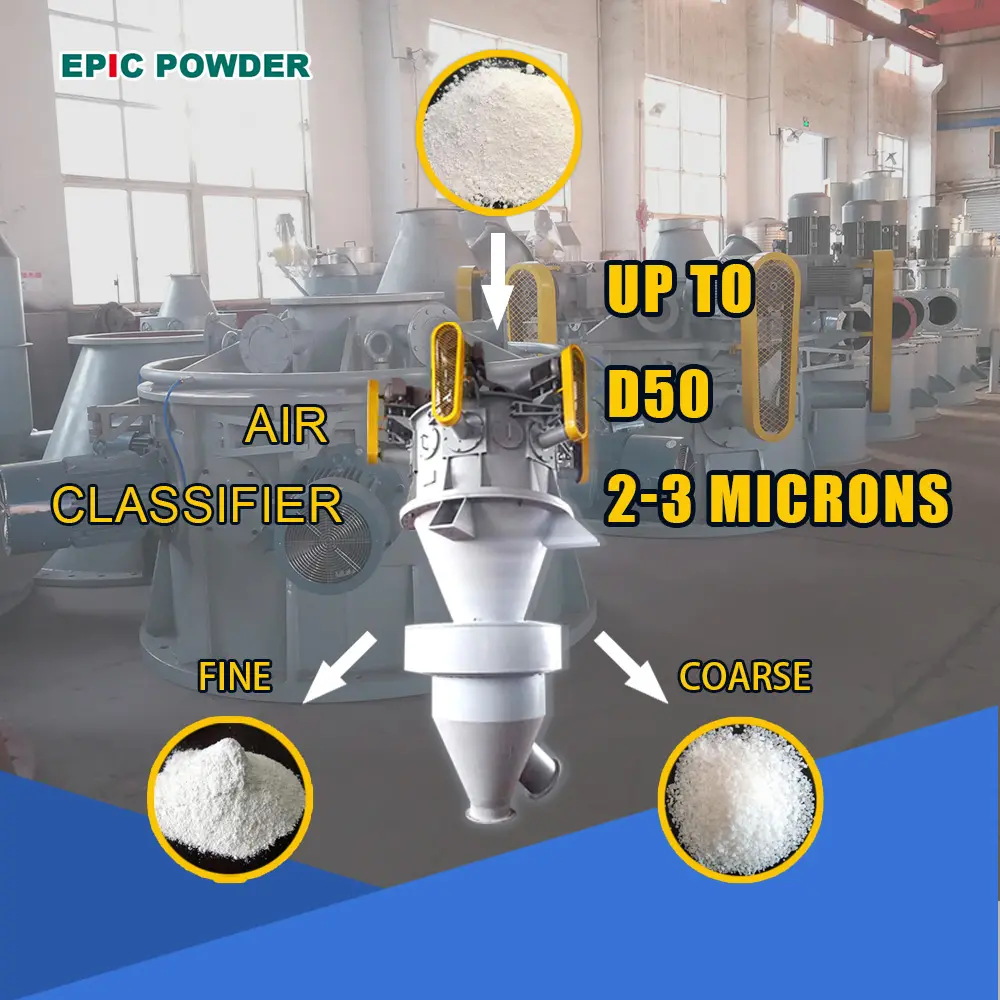
Classifier Mill Technology Advantages
Air classifier mills are advanced solutions that combine grinding and classification in one unit. They offer significant benefits for zircon sand processing. These systems provide excellent particle size control, achieving narrow size distributions without requiring external classification equipment. The integrated design lowers capital costs, saves floor space, and simplifies maintenance compared to separate systems for grinding and classification.
Operational benefits of classifier mills include continuous operation, precise size control, and superior energy efficiency. The air classification process helps dissipate heat during grinding, preventing thermal damage to heat-sensitive materials and ensuring consistent product quality. This feature is crucial for zircon sand processing, where temperature control preserves crystal structure and prevents agglomeration.
Modern classifier mills feature advanced functions such as variable classifier wheel speeds, adjustable airflow, and automated control systems. These features enable real-time optimization of grinding and classification parameters based on feed properties, improving efficiency and product consistency.
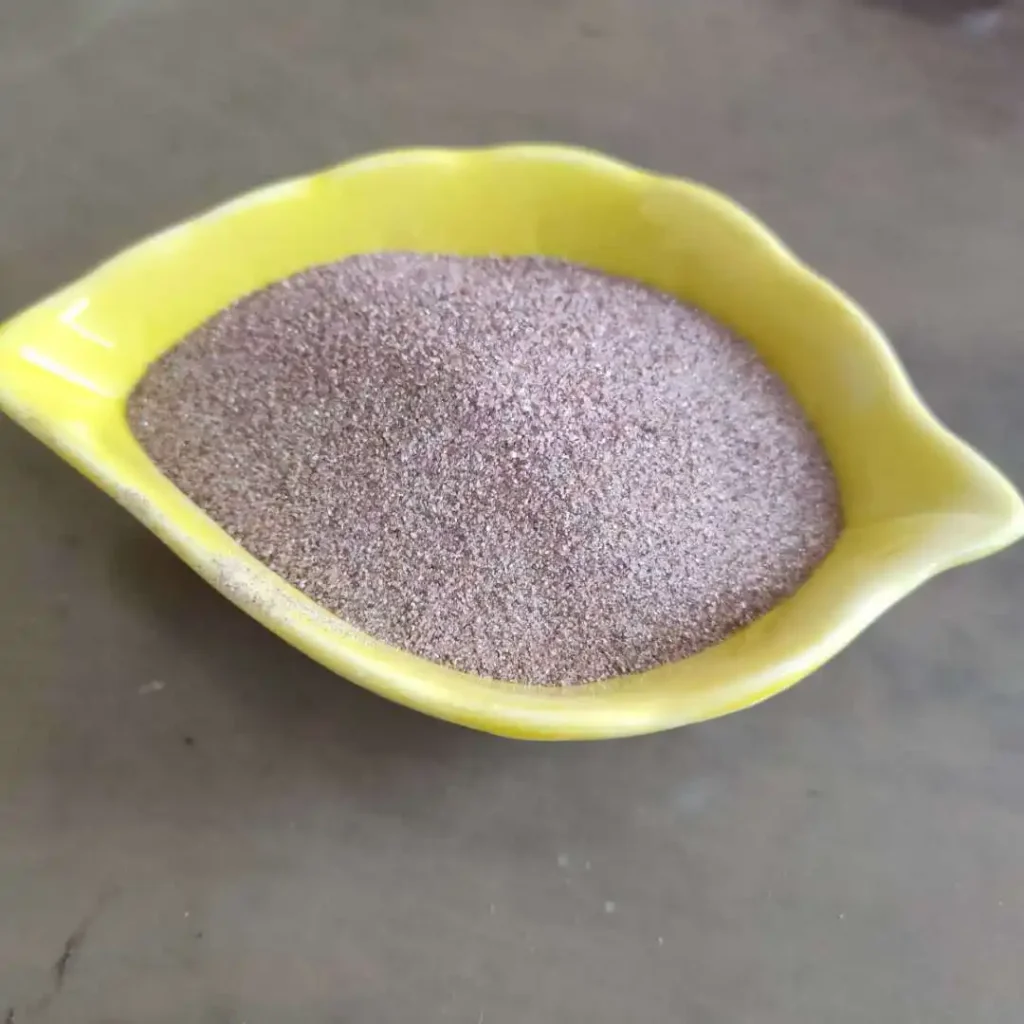
EPIC Powder Machinery’s Technical Solutions
EPIC Powder Machinery, located in Qingdao, China, is a leading manufacturer of ultra-fine grinding and classification equipment with over 20 years of experience. The company’s product range includes ball mills, air classifiers, impact mills, jet mills, and integrated grinding-classification systems for various mineral processing applications. lpkmknkhEPIC’s serves over 50 countries, with installations in major processing facilities in Asia, Europe, and the Americas.

Technological Innovations and Product Development
EPIC’s ball mill and air classifier systems feature wear-resistant linings, high-efficiency classifiers, and automated control systems that maximize efficiency and minimize operational costs.
A notable installation at a Chinese facility achieved a D98 particle size of microns with an annual production capacitym of 10,000 tonnes. This setup used an integrated ball mill and air classifier system optimized for zircon sand, demonstrating EPIC’s ability to meet demanding specifications while maintaining high throughput.
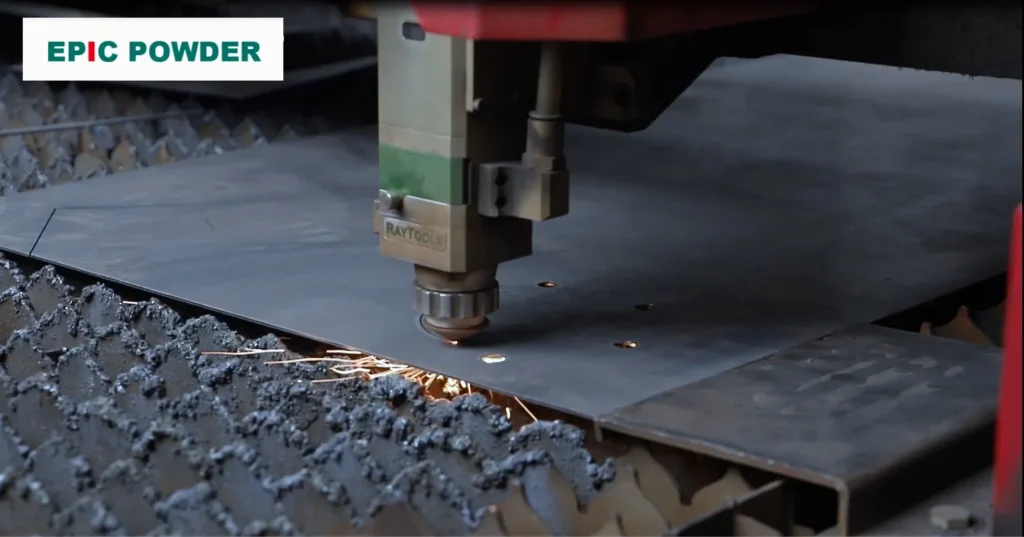
EPIC’s research and development focus is on enhancing energy efficiency, reducing maintenance, and improving product consistency. Recent innovations include advanced classifier wheel designs, optimized airflow patterns, and intelligent control systems that adjust parameters based on real-time particle size analysis.
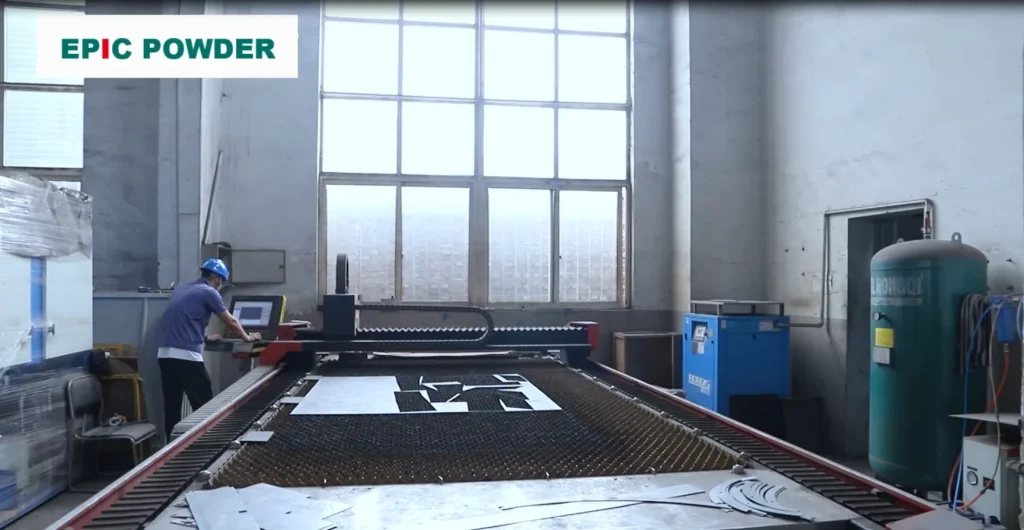
For manufacturers like EPIC, success in this evolving market depends on continued investment in R&D, customer support, and global expansion. EPIC’s strong position in the zircon sand processing market, supported by its technical capabilities and international reach, provides a solid foundation for growth and leadership in this dynamic sector.
